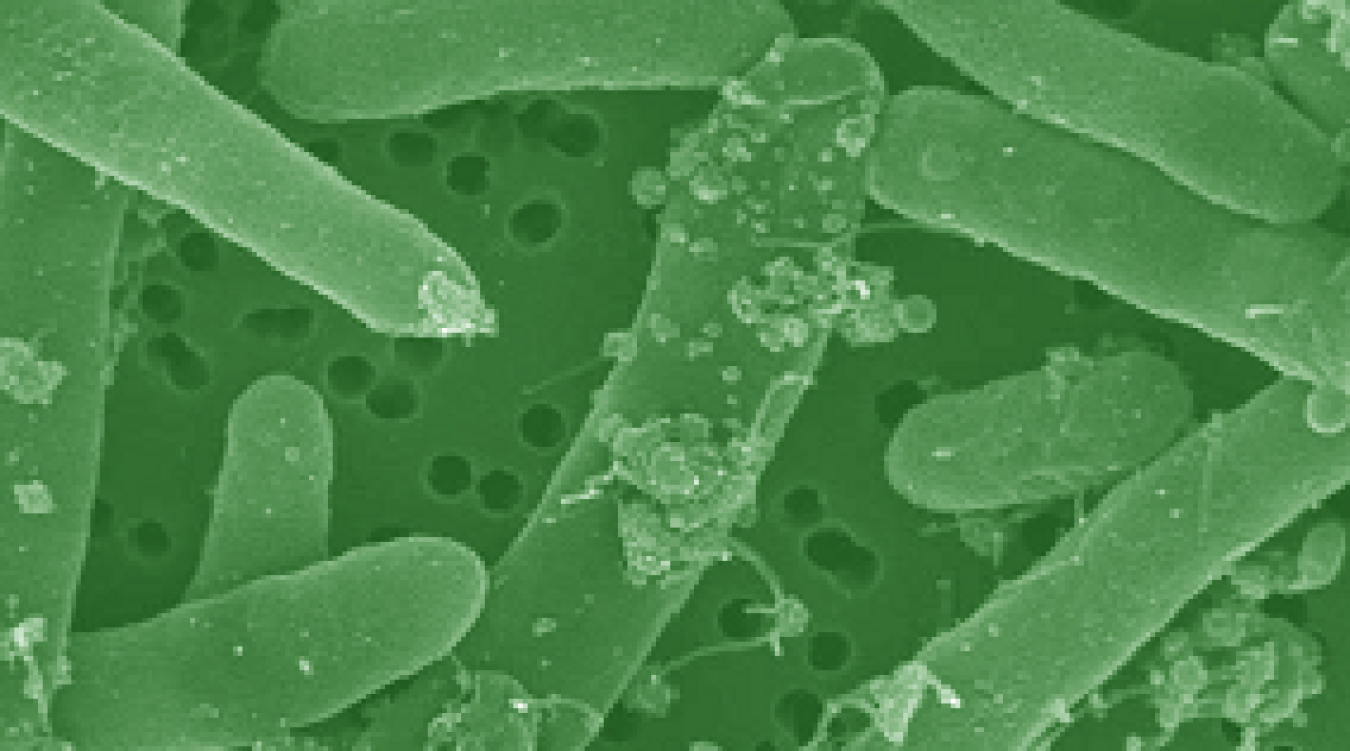
Systems biology takes a holistic approach to the study of the natural world’s interlocking parts, with microbes, plants, animals, and complete ecosystems all playing roles. Systems biology looks at how different living organisms interact at many different scales. For example, every human being is a system. The system includes our organs, tissues, cells, and the molecules they’re made of as well as bacteria and other organisms that live on our skin and in our digestive system. Systems biology studies these parts and how they work together by considering all the different ways in which they can interact. Scientists can scale a systems biology approach up and down, depending on the size of the system they are studying. For example, human organs can act as their own systems, made up of cells and their components such as proteins, membranes, DNA, RNA, and metabolic products.
Systems biology uses computational and mathematical analysis to model a system’s behavior. It draws its data from a huge range of technologies that researchers often call “-omics.” Some of these “omics” include genomics (the study of complete sets of genes in an organism), proteomics (the study of all the proteins in a cell, tissue, or organism), transcriptomics (the study of which genes are being used by cells), and metabolomics (the study of all the chemicals that cells make as part of their metabolism). These disciplines share an emphasis on characterizing and quantifying the biological molecules behind how organisms are built, function, and live.
Systems biology has many potential applications. One is bioenergy research. Scientists are working to understand plants that could be used for biofuel, including how they grow, the microbes that break them down, and how these components work together. This approach helps scientists improve the system behind biofuels to make more efficient, cost effective, and renewable fuels. Systems biology is also critical to understanding the cycling and potential storage of carbon in the environment. Much of the world’s carbon is stored in the organic matter of ecosystems such as forests and tundra, particularly their soils. Scientists are studying the complex interactions among the soils and plants that capture and store carbon dioxide, as well as the microbes that break down organic material and release its carbon back into the atmosphere as carbon dioxide.
Department of Energy Office of Science Contributions to Systems Biology
The Department of Energy Office of Science, Biological and Environmental Research (BER) program funds a broad range of research that rests on a systems biology perspective. One major effort is DOE’s Genomic Science program, which applies systems biology to problems involving energy and the environment.
Starting with the genetic information encoded in organisms’ genomes, BER research seeks to discover the principles that guide the translation of the genetic code. Researchers also study the metabolic and regulatory networks underlying the physiology of plants and microbes as they respond to and modify their environments. This understanding will help researchers design microbes and plants that contribute to a clean, sustainable, and energy independent future. For example, systems biology could lead to better biofuels and bioproducts, improved carbon storage, and new control over nutrients and contaminants in the environment.
Fast Facts
- Systems biology studies of the genomes of soil-dwelling microbes discovered that they are also infected by thousands of different viruses that affect how they modify carbon-rich organic material.
- Comparing the decoded genomes of different plants helps us understand how plants sequester carbon dioxide and store carbon in cellulose and other polymers that constitute the plant body.
- Baker’s yeasts are used to make ethanol not only for beer but also as a biofuel. Understanding their systems biology allows scientists to engineer new yeast strains that can one day produce a replacement for gasoline.
- Systems biology can help determine the chemical signals that influences beneficial bacterial colonization of plant roots.
- The tools of system biology can help us understand competition and cross-feeding among microbes, which will enable the design of synthetic microbiomes. These tools can help scientists improve bioproducts.
Resources
- Department of Energy Office of Science, Biology and Environmental Research Program
- Department of Energy Office of Science, Biology and Environmental Research Program at the Office of Scientific and Technical Information
- 2021 Department of Energy Office of Science Biological Systems Science Division Strategic Plan
- The Joint Genome Institute, a Department of Energy scientific user facility.
- The DOE Genomic Science Program
- The DOE Systems Biology Knowledgebase
- Applying systems biology to climate research: Microbes Offer a Glimpse into the Future of Climate Change
Scientific terms can be confusing. DOE Explains offers straightforward explanations of key words and concepts in fundamental science. It also describes how these concepts apply to the work that the Department of Energy’s Office of Science conducts as it helps the United States excel in research across the scientific spectrum.

